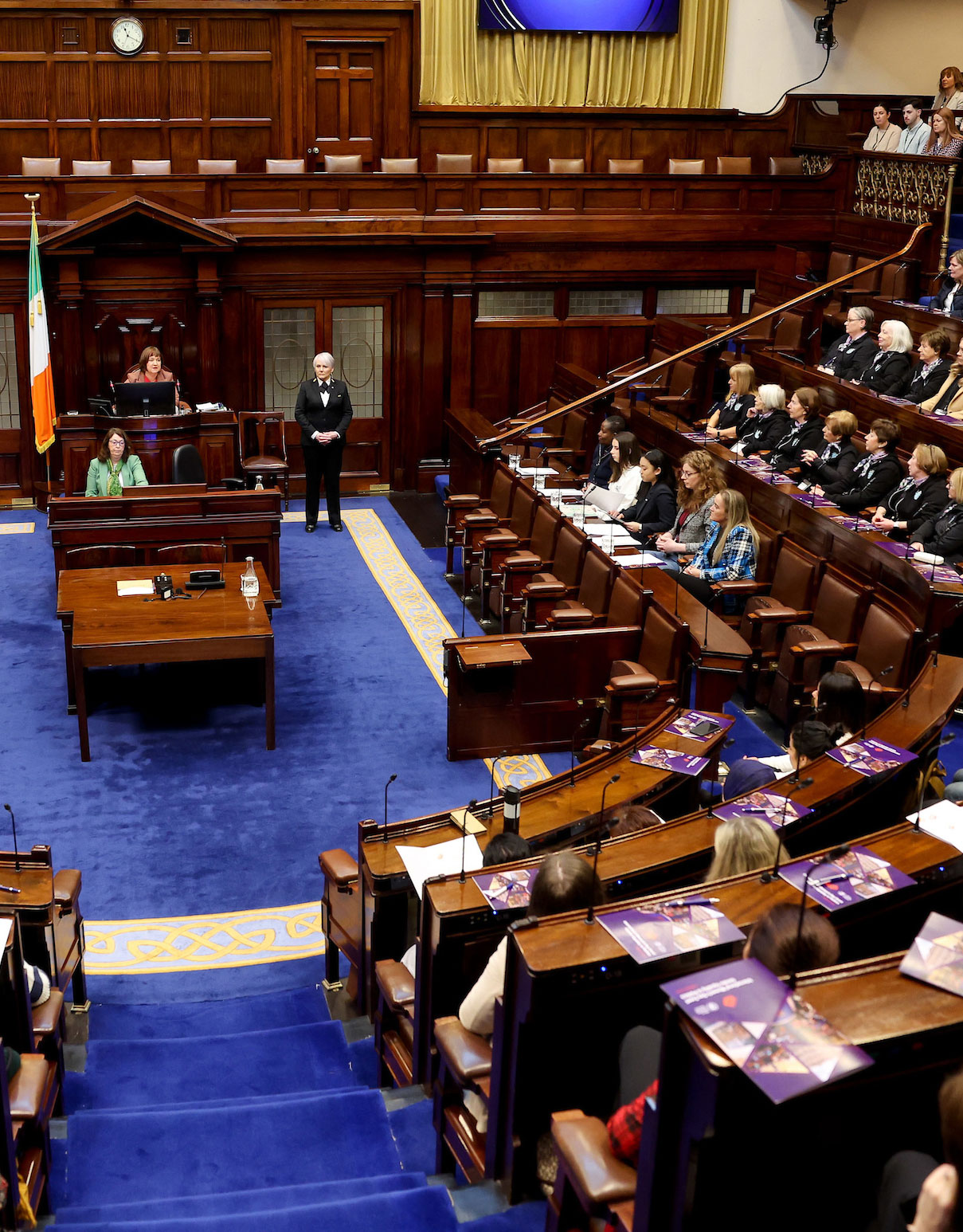
Women in local and global leadership
The UN Women’s online platform, Women in Local Government, provides a comprehensive snapshot of the elected seats held by women in local deliberative bodies as of January 2023. Across 141 countries, data underscores the increasing presence of women in local governments, with over 3 million representatives, equivalent to 35.5 per cent. While noteworthy strides have been made, achieving the 50 per cent mark remains a milestone reached by only three countries – Antigua and Barbuda, Iceland, and Bolivia, with 22 others exceeding 40 per cent representation.
Analysing regional disparities, Central and Southern Asia leads with 41 per cent, followed by Europe and North America with 37 per cent. Conversely, Western Asia and Northern Africa report the lowest representation at 20 per cent. These figures underscore the imperative for sustained efforts to foster equitable global representation.
In Latin America and the Caribbean, UN Women Data reveals a 27 per cent representation of women in local deliberative bodies. However, significant variations exist among countries. Bolivia, Costa Rica, Mexico, and Peru rank in the top twenty countries for women’s political representation. In contrast, Brazil, Colombia, Guatemala, and Paraguay lag, each with less than 20 per cent, while Panama sits at the bottom with less than 10 per cent.
The proportion of seats held by women in national parliaments and local governments is a crucial target (5.5) on the SDGs, focusing on ensuring women’s full and effective participation and equal opportunities for leadership at all levels of decision-making in political, economic, and public life. As of 10 January 2024, 26 countries have women serving as Heads of State and Government.
In Africa, merely four women currently occupy elected or appointed positions as heads of state or government. Notable figures include President Samia Suluhu Hassan of Tanzania, who assumed office in 2021 as the first woman in this role, and President Sahle-Work Zewde of Ethiopia, who has been in office since 2018. Victoire Tomegah Dogbé has held the position of Prime Minister in Togo since 2020, while Raja Nicola serves as a civilian member of the Transitional Sovereignty Council in Sudan, contributing to the collective transitional leadership in her nation.

The re-election of Prime Minister Sheikh Hasina in Bangladesh elevates her to the position of the world’s longest-serving female head of government. In a sparse landscape of female leaders across Asia, notable figures include Draupadi Murmu, the President of India since July 2022; Hilda Heine, who returned to the presidency of the Marshall Islands in January 2024; and Fiame Naomi Mata’afa, the Prime Minister of Samoa since 2021.
In Latin America, Barbados has two female presidents and prime ministers, Sandra Mason and Mia Mottley. Xiomara Castro is the President of Honduras, Dina Boluarte is the president of Peru, Cristine Kangaloo is the President of Trinidad and Tobago, and Sylvanie Burton is the President of Dominica. In Europe, Bosnia and Herzegovina, Denmark, Estonia, Georgia, Greece, Hungary, Iceland, Italy, Kosovo, Latvia, Lithuania, Moldova, Serbia, Slovakia, and Slovenia have female heads of state or government.
UN Women’s projection is sobering: at the current rate, gender equality in the highest positions of power will not be realised for another 130 years.
While many countries have not achieved gender parity, implementing gender quotas has been proven to promote equality. Nations with legislated candidacy quotas witness significantly higher representation of women – five per cent in parliaments and seven per cent in local governments compared to countries without such legislation.
The impact of women’s participation in political decision-making processes is substantial. In India, women-led councils contributed a remarkable 62 per cent increase in clean water supply projects. In Norway, a direct correlation is established between female presence in municipal councils and the expansion of childcare coverage.
We will closely monitor the upcoming super-election year, returning next year to report on whether the world is witnessing an increase in women representing the voices of their citizens.
More information at:
Women in Local Government
 This publication was produced with the financial support of the European Union. Its contents are the sole responsibility of UCLG and do not necessarily reflect the views of the European Union.
This publication was produced with the financial support of the European Union. Its contents are the sole responsibility of UCLG and do not necessarily reflect the views of the European Union.